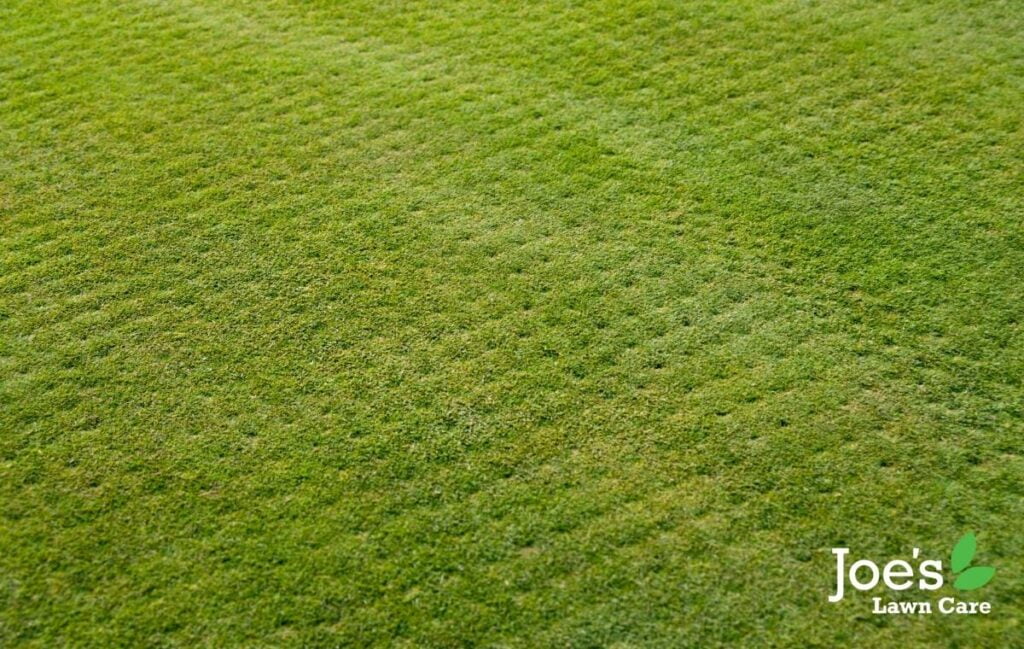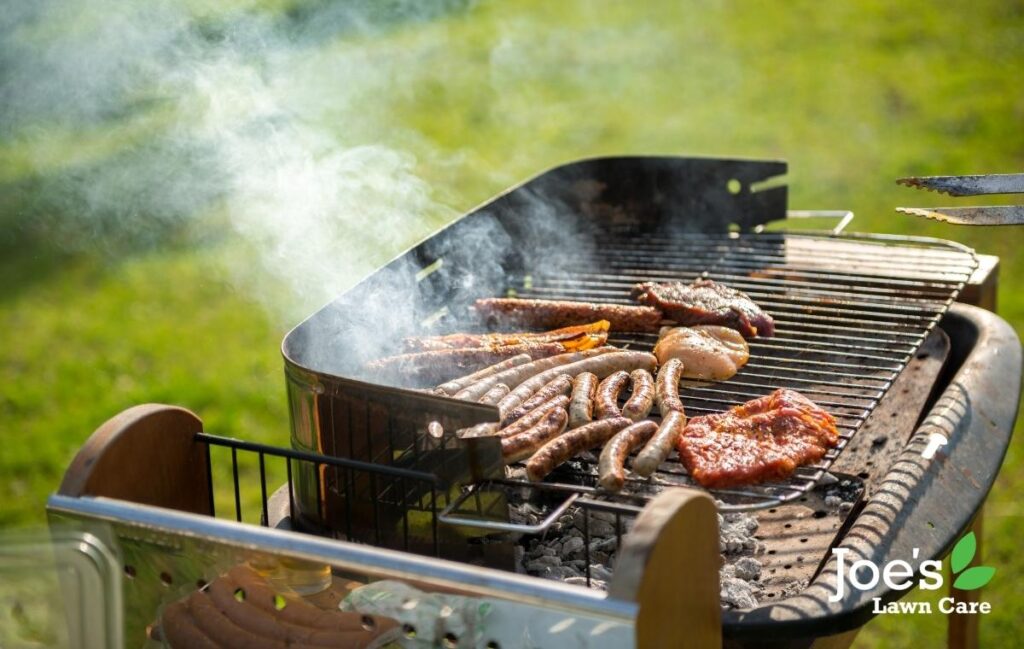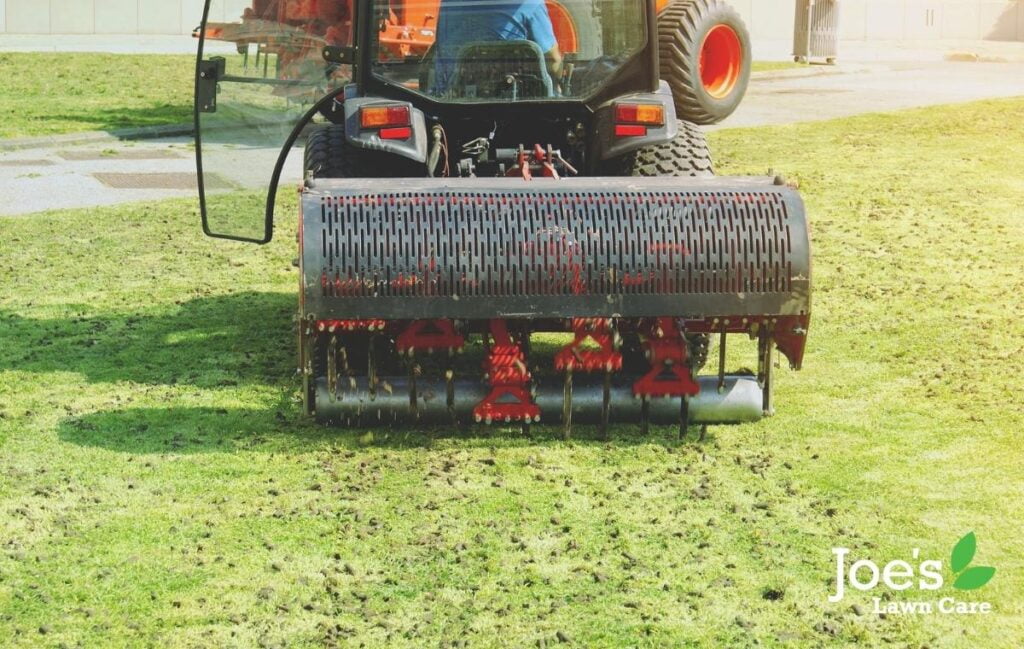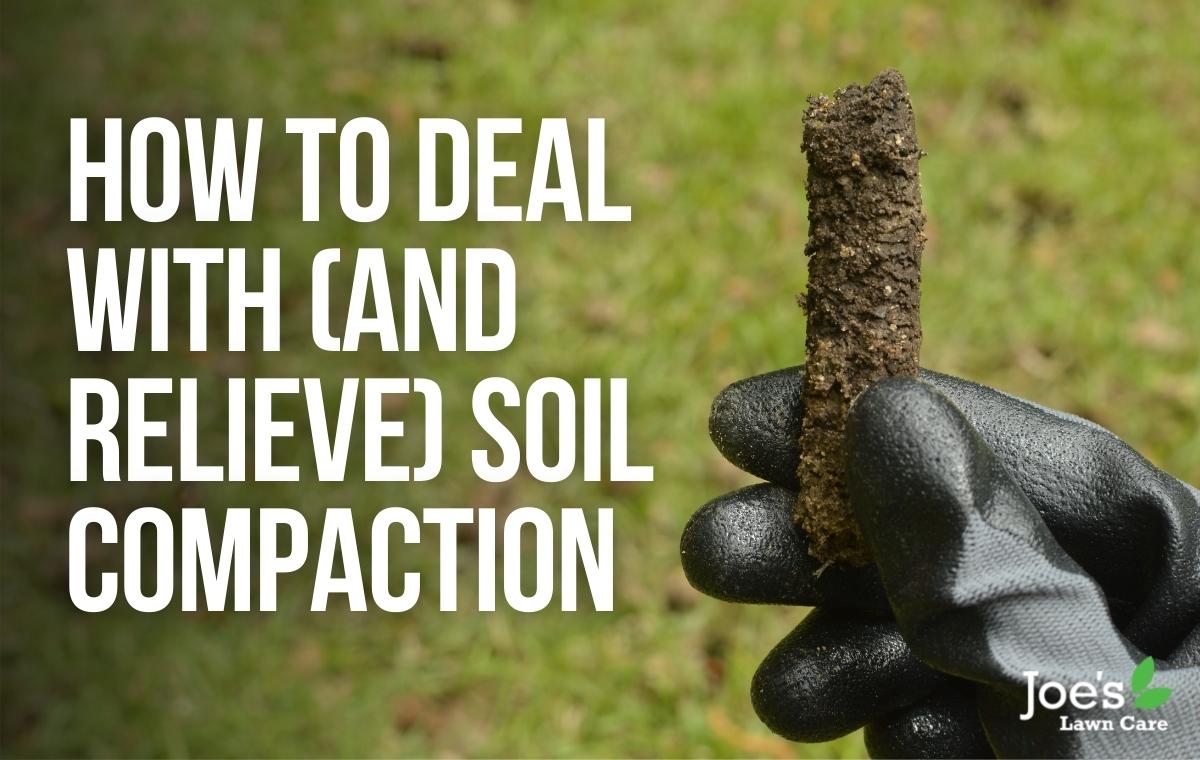How To Deal With (And Relieve) Soil Compaction
Apart from getting five-or-more numbers on the Euromillions, there’s not much better than a summer spent in the garden. Barbecues. Picnics. Camping. Badminton. Playing fetch with your new puppy. The smell of freshly cut grass. Cocktail evenings. Laying on a blanket and gazing up at the stars. Summers in the garden hit different. The only problem is: all that use is going to lead to soil compaction.
Why’s that a problem? Because compacted soil is terrible for lawn growth, something not a lot of gardeners-slash-homeowners are simply not aware of. It’s time to correct that.

The Reason Soil Compaction is Super-Bad
Imagine running through a field of corn (you know, like Teresa May). Now imagine running through a brick wall. We all know which one we’d prefer. Well, for your grass plants, trying to grow roots through compacted soil is a lot like trying to run through a brick wall. Almost impossible. That’s where the problem lies.
You see, the harder it is for your roots to grow deeper into the soil, the weaker and smaller your root system will be. Meaning your grass won’t be able to get as much water, nutrients or air as it needs to grow into a lush, green, healthy lawn. Instead, you’ll be left with thin, stressed turf that’s less green and more brown.
When this happens, your lawn also becomes a lot more vulnerable to things like weeds, diseases, pests, drought, waterlogging and stunted growth. What’s more, when your soil is compacted, it also prevents water from percolating through the surface of your soil and down to the roots. It can mean your grass literally suffocates.
Conclusion: compacted soil is terrible for lawns.

Understanding How Soil Compaction Happens
To avoid dragging you back into a GCSE / O-Level science classroom, let’s explain this one at a basic level. To grow a healthy lawn, your soil wants to boast lots of tiny air pockets that your roots can grow through and thrive off. However, when your soil gets compacted, that’s because the air pockets have collapsed.
This can happen because of a heavy amount of foot traffic, heavy machinery or simply because your lawn was worked on in less than ideal conditions. Such as when it was damp or wet. Either way, if your soil doesn’t possess enough organic material in it, your soil can is much more likely to collapse and not bounce back.
Of course, it’s also worth noting that not all soil types are born equal on this front. In fact, some soils are a lot more prone to compaction. For example, clay-based soils are a lot more vulnerable to issue than a sandy soil. This means it won’t take much for your soil to collapse and your turf to suffer.

Dealing With Compacted Soil
Remember when your dear old grandma (possibly) used to say, “it’s better to prevent than aid.” Well, she was spot on because the ultimate way to deal with soil compaction is to avoid causing it in the first place. That means staying off your grass as much as possible when wet. Not driving any heavy machinery across it and reducing footfall to a minimum. Of course, that advice also sucks because lawns should be loved and used.
Thankfully, there are a few ways you can loosen compacted soil, starting with fracture tine aeration.
The way this works is simple: our team of lawn care technicians will visit your lawn with a fracture tine aerator machine, that mechanically slices and cracks the soil. Not only does this method reduce soil compaction, it also helps create a bunch of channels through which oxygen, water and nutrients are able to penetrate the soil nice and deep, thus encouraging healthy root growth.
The next option available to you involves spreading organic materials, such as compost or peat moss, across your lawn, or even using a top dressing with a soil amendment. That might sound crazy, but these organic residues are able to cushion the effects of soil compaction, while also retaining shape and structure. Translation: they help your soil bounce back up instead of being compressed.
And last but not least, earthworms are a great way to improve any soil compaction your lawn is suffering from. That’s because these little superheroes will literally eat their way through your compacted soil, leaving little burrows in their wake, as well as worm-waste that is known to help aerate and fertilise your soil.
Thanks for reading our guide on How To Deal With (And Relieve) Soil Compaction. For more lawn care tips and tricks, follow us on Facebook and Instagram.





